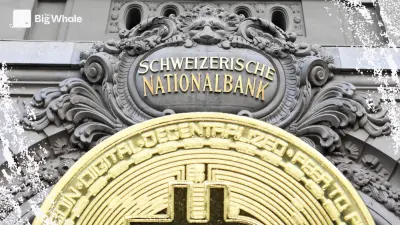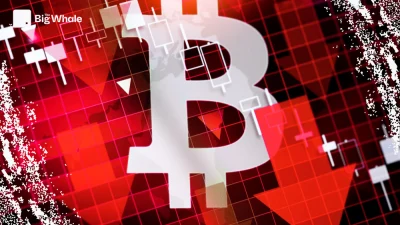The Debate Over Stablecoin Regulation: Threat or Innovation?
In a recent podcast, Hilary Allen, a law professor at American University, expressed concerns about stablecoins, describing them as a threat to the banking system and the public. She believes that stablecoins could destabilize banks and potentially require a government bailout. These comments come as there is a push in the U.S. Congress to regulate stablecoins at the federal level. While the chances of any stablecoin bill becoming law in an election year are slim, Allen is worried that these bills are giving public support to stablecoins. She argues that stablecoins serve no important purpose and should be banned. However, financial policy and regulation expert Marcelo M. Prates disagrees with Allen's concerns. He sees stablecoins as an upgraded version of electronic money, or e-money, which has been a revolutionary financial innovation. Prates explains that stablecoins, particularly those denominated on a sovereign currency like the U.S. dollar, function as e-money 2.0. They have the potential to increase competition in the financial sector, lower costs for consumers, and promote financial inclusion. However, Prates emphasizes the need for proper federal regulation of stablecoins to ensure their safety and integrity. He suggests that stablecoin issuers should be granted a non-bank license, have direct access to central bank accounts for holding backing assets, and provide bankruptcy protection for customers' funds. By implementing these measures, stablecoins can operate in a regulated and secure manner, similar to e-money issuers in countries like the European Union, the United Kingdom, and Brazil. Prates argues that balanced arguments based on successful examples and experiences from around the world should guide the public debate on stablecoin regulation.
Sources :
- Coindesk



